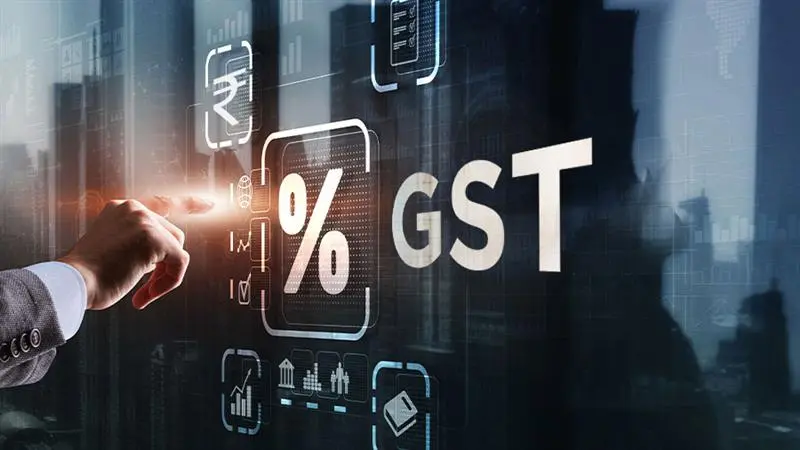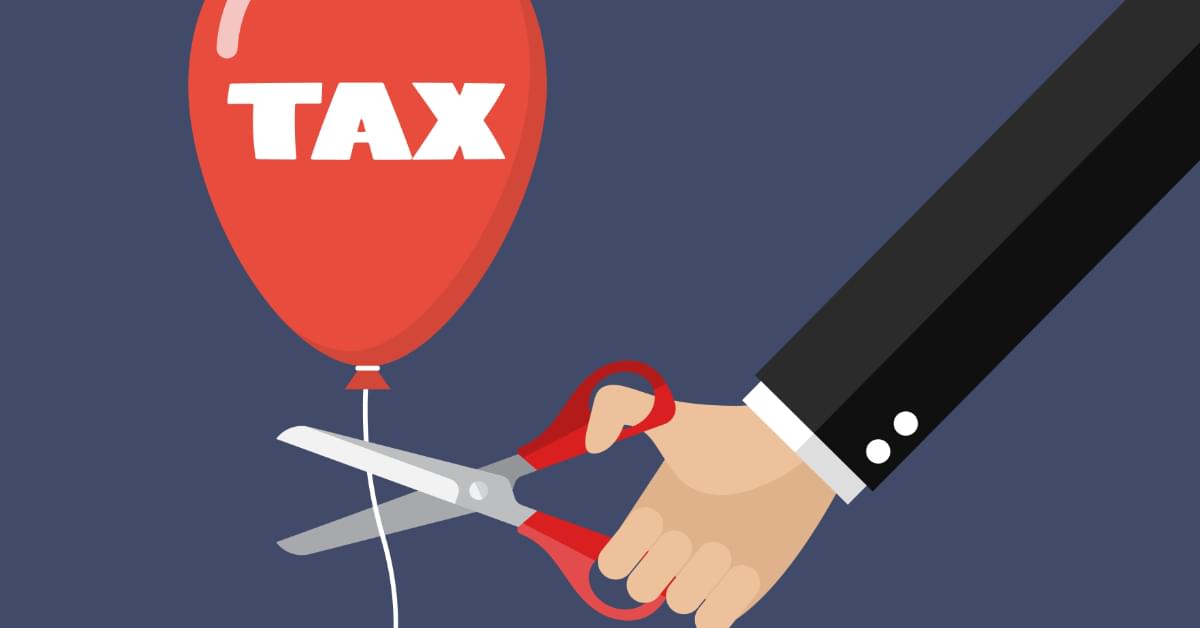The announcement of the GST Utsav has come as a welcome relief for India’s middle-class families who have been struggling with rising living costs, high inflation, and heavy indirect taxation. Over the years, the Goods and Services Tax (GST) has simplified the taxation system, but it has also been a source of burden for common households, particularly when essentials and daily-use services became more expensive due to higher tax slabs. The GST Utsav initiative has been designed with the specific purpose of providing relief to the middle class, reducing their monthly expenses, and ensuring that they have more disposable income left in hand. This new reform focuses on making essential items cheaper, reducing the overall tax burden, and providing incentives in sectors that directly impact middle-class lives. For families who often balance their budgets carefully every month, even small tax relaxations on household products, transport, healthcare, and education can make a big difference. The government has realized that the backbone of India’s economy is the middle class, and supporting them through GST relief is a way of strengthening purchasing power and improving the overall quality of life.

One of the first ways GST Utsav will bring relief is through lower GST rates on essential household items and groceries. For most families, daily needs such as food grains, packaged goods, cooking oil, milk products, soaps, and detergents account for a significant portion of monthly spending. Earlier, many of these items were taxed at 12% or 18%, making them costlier for the average consumer. The GST Utsav has revised rates for several household items, ensuring that families pay less for basic necessities. For example, cooking essentials like flour, rice, and pulses that were earlier taxed now fall under the exempt or lower slab categories, reducing the monthly grocery bill by a noticeable margin. Similarly, personal care items such as soaps, shampoos, and cleaning products have also seen a reduction in GST, making it easier for families to manage hygiene and health without worrying about overspending. This step will directly benefit homemakers who plan household budgets and will help bring a sense of stability in managing expenses during times of inflation.
The second major relief under GST Utsav comes in the form of reduced taxation on healthcare and education services. For middle-class families, two of the biggest financial responsibilities are medical expenses and children’s education. Hospital bills, diagnostic tests, medicines, and consultations have often added a heavy financial burden, especially when taxes were applied on related services. With GST Utsav, several medical services and life-saving drugs have either been moved to the lower GST slab or exempted completely. This will help families afford better healthcare without worrying about additional taxes inflating their bills. On the education side, tuition fees, online learning platforms, and essential services related to schooling and higher education have seen a reduction in GST charges. As digital education continues to grow in India, lower taxation on e-learning platforms is a huge advantage for parents who invest in online courses for their children. By reducing the tax load on two of the most important areas of family expenditure, GST Utsav ensures that middle-class households are not forced to cut corners on health and education, which are critical for long-term family well-being.

A third way GST Utsav supports the middle class is through reduced costs in transportation and fuel-related services. The rising cost of fuel and transport has been one of the biggest concerns for middle-class families over the past few years. Whether it is commuting to work, traveling for education, or even using delivery services, transportation costs significantly impact household budgets. GST Utsav brings relief by reducing the tax on services such as cab rides, auto-rickshaw bookings through online platforms, and even public transportation-related services. For families who depend on ride-hailing apps or regular commuting, this will mean direct monthly savings. Additionally, logistics-related tax cuts will also reduce the prices of goods transported across the country, leading to cheaper market prices for many items. Indirectly, this also eases inflationary pressure and ensures that the burden of transportation costs does not get passed on to the consumer in the form of higher prices. Middle-class families, who often allocate a large share of their monthly income to transport, will experience financial breathing space thanks to these reforms.
The fourth key relief measure is the introduction of digital rebates, festival discounts, and simplified GST return filing for small businesses and professionals. Many middle-class families include individuals who run small businesses, freelance services, or local shops. Earlier, filing GST returns and managing compliance was seen as a complicated and expensive process, often requiring professional accountants. The GST Utsav has introduced a simplified filing mechanism with easy-to-use digital platforms that make it quicker and more transparent. This helps small traders and professionals save money on compliance costs and focus more on business growth. In addition, the government has introduced digital rebates and festival-related GST discounts to encourage consumption during festive seasons, which is when families tend to spend more on clothing, electronics, gifts, and celebrations. These special rebates ensure that middle-class consumers not only get affordable products during festivals but also enjoy higher purchasing power without feeling overburdened. This reform is a step towards making GST more people-friendly and aligned with the everyday financial reality of households.
Finally, the fifth and perhaps most important relief offered by GST Utsav is the increase in disposable income and improvement in overall purchasing power for the middle class. By cutting down GST rates on essentials, reducing taxation on healthcare, education, and transport, and simplifying compliance for small businesses, the government has effectively ensured that middle-class families are left with more money at the end of every month. This additional disposable income can be used for savings, investments, or even improving lifestyle standards such as better housing, vacations, and personal growth activities. Over the long run, this extra money in the hands of the middle class boosts consumer demand across sectors, which in turn supports economic growth. It is a cycle where relief for families translates into a stronger economy, benefiting both individuals and the nation.

The GST Utsav is not just a tax reform—it is a recognition of the crucial role middle-class families play in India’s economy. By making everyday life more affordable, it creates a sense of trust and relief among citizens who often feel burdened by rising costs. For years, the middle class has been described as the silent engine of growth, contributing to consumption, savings, and the country’s progress without always receiving proportional relief. With GST Utsav, the government has taken a direct step in acknowledging their struggles and addressing them through practical financial reforms. Families who earlier struggled to balance their monthly budgets will now find it easier to manage expenses, save for emergencies, and invest in their children’s futures.
Moreover, the positive psychological impact of this initiative cannot be ignored. When families feel that the government is actively working to reduce their burden, it creates a sense of optimism and confidence in the economy. Middle-class households, who are often aspirational and forward-looking, will feel encouraged to spend on education, housing, healthcare, and lifestyle improvements. This increased spending power will not only improve individual quality of life but also generate momentum for businesses across sectors, from retail to services. GST Utsav, therefore, is more than just a tax relaxation program—it is a nationwide effort to empower families, strengthen the backbone of the economy, and create a more inclusive growth model.








